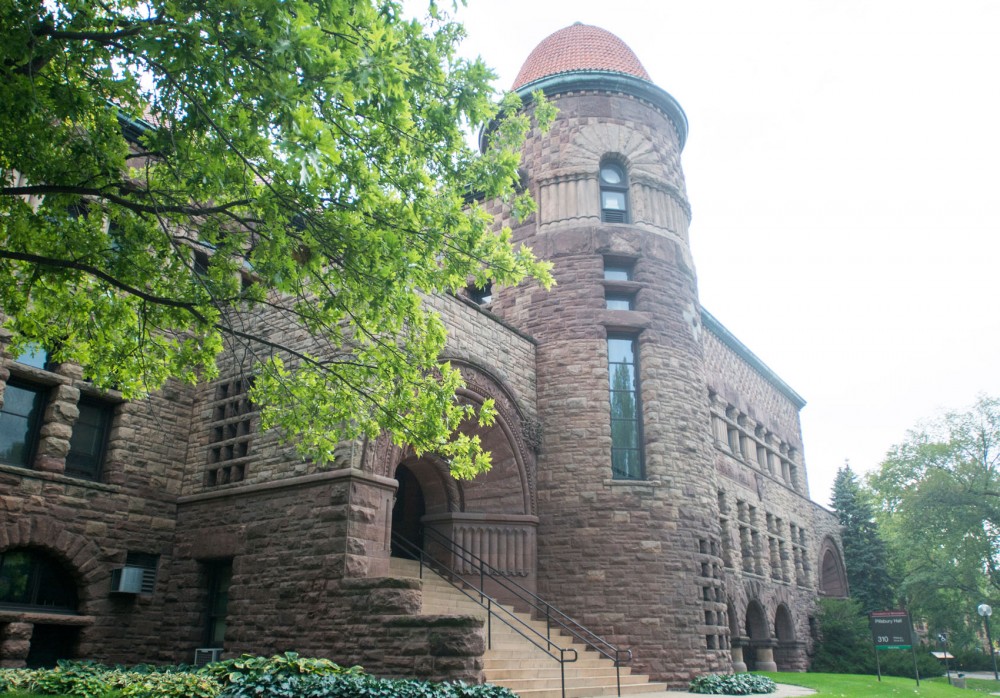Pillsbury Hall, current home to the University of Minnesota Earth Sciences department and the English department’s future home base, will receive a revamped interior to accompany its historical facade come fall 2018.
President Eric Kaler and Senior Vice President for Academic Affairs and Provost Karen Hanson announced plans for the renovation — which will begin May 2017 — at a Board of Regents meeting last week.
The renovation is expected to cost $33 million. Currently, Pillsbury Hall is in “critical condition” according to its 0.69 out of a possible 1.0 rating on the Facility Condition Index.
The improvements will replace outdated science research laboratories and will upgrade classrooms, according to Monique MacKenzie, Director of Planning, Space and Architecture at the University.
“It will create learning and research spaces based on people interacting with other people,” MacKenzie said.
The renovation will focus on remodeling the interior of the building as part of an effort to improve University facilities, as outlined in the school’s six-year plan, Regent Thomas Devine said.
The building has received a new roof and exterior paint over the past six years.
“Now, it’s the interior and updating that,” Devine said. “It will be fully functional and modern while encased in the historical architecture.”
The project will renovate 60,000 square feet of the building.
Despite the building’s impending changes, one-third of the buildings on campus remain in poor or critical condition based on the Facility Condition Assessment.
In order to receive
Higher Education Asset, Preservation and Replacement funding, a building must fit into a series of four categories including building systems, utility infrastructure, energy efficiency, and health, safety and accessibility.
“Pillsbury Hall is one of the higher buildings on the index on campus,” MacKenzie said. “However, Pillsbury Hall does not fall into one of the four categories to require HEAPR funding.”
Instead, she said the University will pay $11 million for the project and request another $22 million from the state Legislature.
“We do not proceed into more advanced work until the project is funded by Legislature,” MacKenzie said.
Devine said the University of Minnesota Foundation has also started fundraising to raise money for the project.
“There is a domino effect of buildings being redone right now,” Devine said. “But this is finally moving up to one of the highest-priority buildings, and it is long overdue.”


